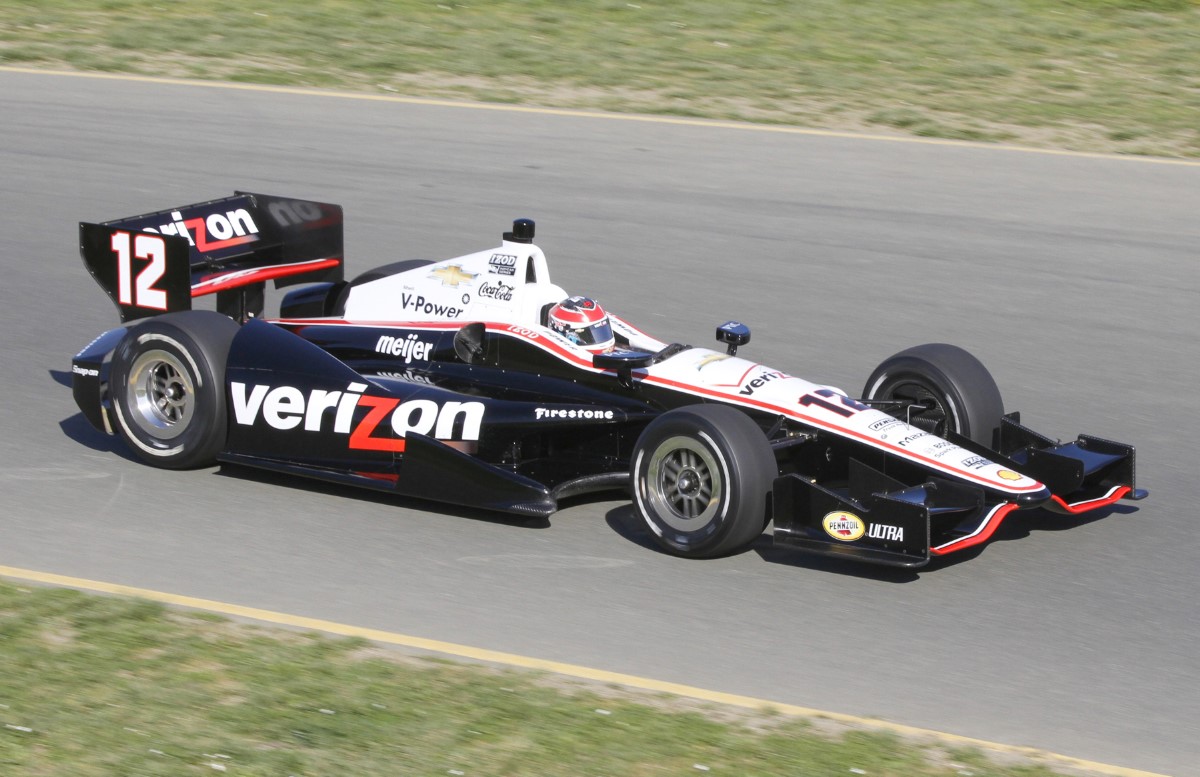IndyCar drivers count on new chassis to watch their backs
 |
| Will Power in the new IndyCar |
“We know how much energy we need to absorb in the foam, and how much travel there has to be in it to do that. But we haven't been able to come up with the foam that will do that [for every driver] and not be too thick."
The foam used is the same stuff that goes inside crash helmets.
The pressing problem is hard front-end hits, when back injuries can be caused by motion in the middle of the spine due to the way the drivers are strapped in the car. High-G front hits are the kinds of accident that often cause severe, career-threatening injuries.
After years of research, Dr. Trammell understands the mechanics so well in front-end collisions that when Penske's Will Power crashed into the side of another car in a high speed accident at California's Infineon Raceway in 2009, he correctly identified the vertebra affected by looking at the video and studying the data from the car. Dr. Trammell called the hospital and let the emergency physicians know what they were dealing with before the hospital had a chance to X-ray Mr. Power's back.
Vitor Meira also broke two vertebrae in a front end crash into the wall in the 2009 Indianapolis 500, while Bruno Junqueira fractured vertebrae so badly in a similar accident in the same race four years earlier that he needed to have titanium rods inserted along his spine to repair the damage.
Ironically, one of the reasons that spine factures have increased is advances in other areas of safety, especially the fact that a car’s chassis is much better at protecting the driver than it was two decades ago.
“It used to be that if you hit forward, you didn't hurt your back because it crushed your feet up into your knees," Dr. Trammell said.
“The chassis never absorbed enough energy to get to your back. Probably the [reason for] so many spine fractures is that the chassis is so good now that we rarely see deformation of the tub, so we don't have those other kinds of injuries any more."
While Dr. Trammell and his team are on the case, the drivers understand that no matter how hard IndyCar works to make things better for their backs, there's always a chance something will go wrong.
“My accident was a pretty strange deal where the car took off and landed and for whatever reason I broke my back doing it," Mr. Wilson said.
“Hopefully, the new car will help that, but you can't fix everything. There is always something unforeseen that can happen and that's part of racing. There's just so much your body can take." Globe and Mail
